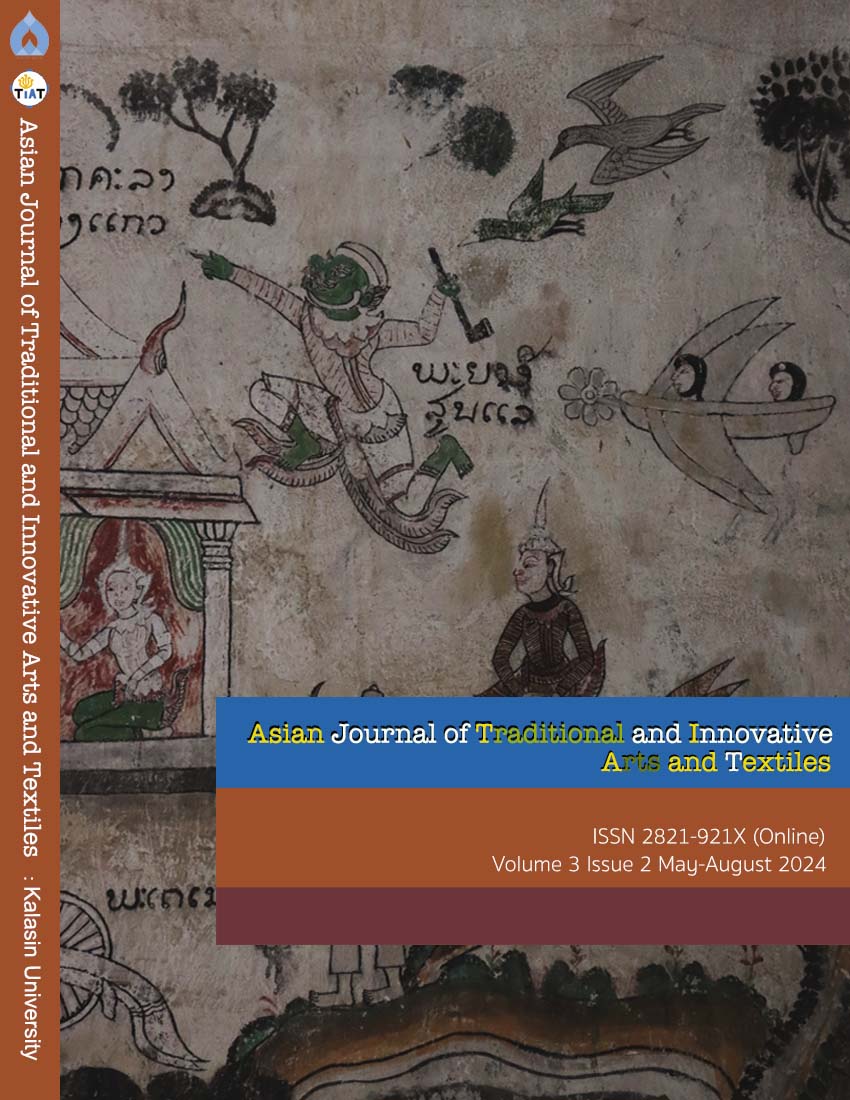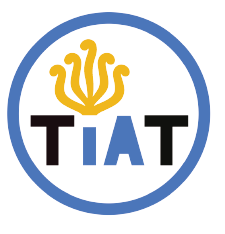Communication Power and Globalization: The Narrative of Myth in “National Representation” in China
Keywords:
Communication power, Globalization, Narrative of myth, National representationAbstract
In the era of globalization, communication power helps promote the flow of globalized cross-cultural information. From the perspective of Semiotics, countries are two kinds of subjects: "Object-symbol" or "Symbol-user", and are the subjects of globalization. This paper analyzes and applies the influence of mythological narratives on the shaping of national image, which through mediated "National Representations" can generate considerable narratives to influence individuals or groups. The myth is that globalization advances from "Domestic" to "Abroad" under the guidance of a "Common Interpreter". Through vivid storytelling, resonant heroic images, and rich cultural symbols, myths have become an auxiliary tool for the "National Representation" in the context of globalization.
References
Atkin, A. (2023). "Peirce’s Theory of Signs". The Stanford Encyclopedia of Philosophy. Retrieved 20 January 2023, from https://plato.stanford.edu/archives/spr2023/entries/peirce-semiotics/.
Anderson, B. (1983). Imagined communities: Reflections on the origin and spread of nationalism. London : Verso.
Connerton, P. (1989). How societies remember. Cambridge : Cambridge University Press.
Caesar, M. (1999). Umberto Eco: Philosophy, Semiotics, and the Work of Fiction. Wiley-Blackwell.
Engels, F. (1884). The origin of the family, private property and the state (Vol. 3). Moscow : Progress Publishers.
Fisch, Max H. (1978). "Peirce's General Theory of Signs" in Sight, Sound, and Sense, ed. T. A. Sebeok. Bloomington : Indiana University Press.
Lihui, Y., and Deming, A . (2011). The World of Chinese Mythology: An Introduction. Retrieved 20 January 2023, from https://api.semanticscholar.org/Corpus ID:161362099
Stuart, H. (1997). Representation. Glasgow : Bath Press Colourbooks.
Smith, A. D. (2000). Nationalism and modernism: A critical survey of recent theories. Cambridge : Cambridge University Press.
Wang, M. (2020). The edge of China: Historical memory and ethnic identity. Taipei: Yunchen Cultural Industry Co., Ltd.,
Yiheng, Z. (2011). Semiotics: Principles & Problems. Nanjing : Nanjing University Press.
Downloads
Published
How to Cite
Issue
Section
License
Copyright (c) 2024 Asian Journal of Traditional and Innovative Arts and Textiles

This work is licensed under a Creative Commons Attribution-NonCommercial-NoDerivatives 4.0 International License.





